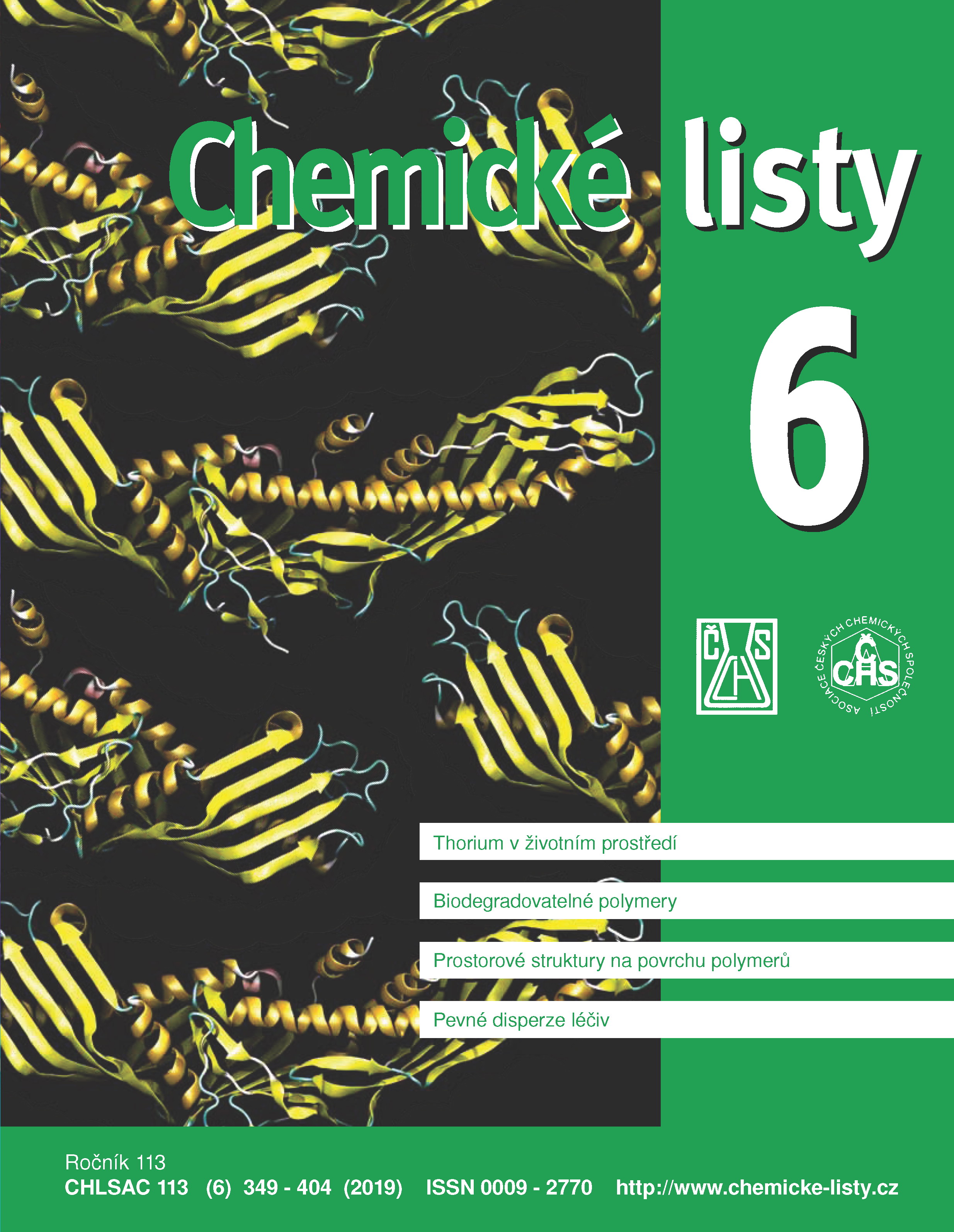Význam příjmu a akumulace thoria rostlinami pro fytoremediace
Klíčová slova:
akumulace, aktinoidy, fytoremediace, radionuklidy, rostliny, sanace, thorium, rizikové prvkyAbstrakt
Thorium is a radioactive metal with potential use in nuclear energetics. It can be released to environment through mining activities and the use of low-quality phosphate fertilizers in agriculture. Currently, thorium has been removed from Th-contaminated environments by chemical or physical remediation. A more ecological approach for remediation of Th-contaminated areas can use plants, so called phytoremediation. The most important way of phytoremediation is currently phytoextraction when plants extract thorium from soil and translocate it to shoots, which are then harvested. Up to now, the majority of studies have been focused on Th accumulation in plants. However, hyperaccumulator of thorium has not been discovered yet. Thorium accumulation by plants can be increased by certain cultivation media modifications, such as lowering pH, presence of organic acid and phosphate or iron deficiencies. Arbuscular mycorhiza decreases phytoextraction of thorium by mycotrophic plants. Up to now, only very little is known about physiological effects of thorium on plants.





